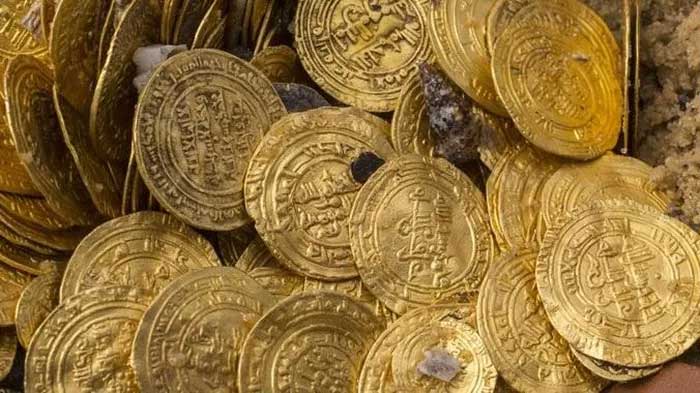According to Xinhua News Agency, a series of new historical artifacts, including thousands of bronze coins, have been excavated by Chinese scientists from the remains of a mint that dates back over 2,000 years in Xi’an, the capital of Shaanxi Province in Northwest China.

A series of new artifacts, including thousands of bronze coins, have been excavated from the remains of a mint over 2,000 years old in Xi’an, the capital of Shaanxi Province. (Photo: pakistantoday).
In addition to these coins, remains of over 100 ash pits, 3 houses, 11 kilns, 18 wells, and 3 metal smelting and casting workshops have also been uncovered.
Based on their shape and structure, scientists believe that all of these artifacts date back to the Western Han Dynasty (from 202 BC to 25 AD).
Zhang Jianfeng, a researcher at the Archaeology Institute of the Chinese Academy of Social Sciences (CASS), noted that some of the artifacts belong to the Wang Mang period from the 9th to the 23rd year of the Common Era, also known as the Xin Dynasty.
According to Mr. Zhang, the aforementioned mint was a national-level production facility. He added that these discoveries are of great significance for studying coin minting technology and the changes in economic and monetary policies that originated over 2,000 years ago.
This is the latest excavation of historical sites conducted by Chinese scientists, which began in March 2021. Previously, in December 2015, archaeologists from the CASS Archaeology Institute and the Xi’an Institute of Cultural Heritage and Archaeology also collaborated to excavate the aforementioned site.


















































